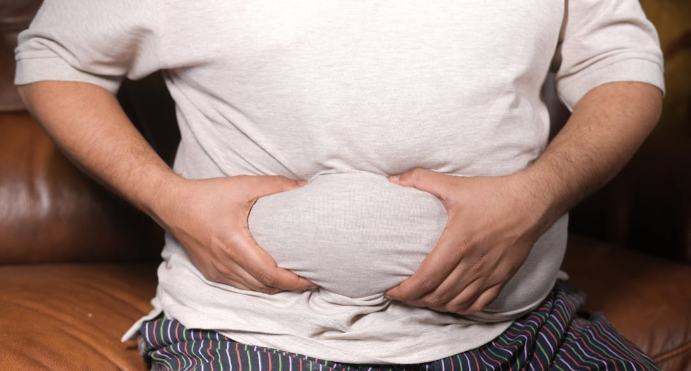There’s a wealth of advice out there on how to lose belly fat, but not all of it is scientifically sound. We’ve all seen the flashy claims: “This simple trick will melt your belly fat away!” or “Get rock-hard abs with just five minutes of exercise!” But what does science actually say about shedding belly fat?
First, it’s important to understand that not all fat is bad. In fact, fat is essential for our bodies, serving as a way to store excess energy and playing key roles in insulation and cushioning for our joints. Many of our hormones are actually synthesized in our body’s fat. Subcutaneous fat, which sits just beneath the skin, is generally harmless and is often found around the hips and buttocks. Without fat, we’d be unhealthy and uncomfortable.
However, carrying excess belly fat can be problematic. A large belly may indicate the presence of visceral fat, which surrounds internal organs and can increase the risk of metabolic diseases. This type of fat is more insulin-resistant and more prone to releasing fats into the bloodstream, especially when stressed. It also contributes to inflammation in the body.
To assess your visceral fat, the waist-hip ratio is a simple and effective method. By measuring the circumference of your waist and hips and dividing the waist measurement by the hip measurement, you can gauge your fat distribution. A healthy ratio, according to the World Health Organization, is below 1.0 for men and 0.85 for women.
When it comes to losing belly fat, it’s important to know that your body’s fat distribution is largely out of your control. Factors like genetics and biological sex influence where your body stores fat. Women, for instance, naturally have a higher percentage of body fat due to hormonal and reproductive health needs, which means it might be harder for some women to lose abdominal fat compared to men. Studies have shown that genetic differences play a major role in body fat distribution, and more than 300 genetic variations have been linked to waist-hip ratio.
For many people, shedding belly fat can be more challenging than for others due to these natural differences in fat storage. The key to reducing abdominal fat is overall weight loss, as fat is lost from all areas of the body proportionally, not just the belly. Most of the popular “belly fat-busting” tricks work under the assumption that losing weight will help reduce fat around the abdomen specifically.
The most effective way to lose weight is to burn more calories than you consume, but this can be difficult for some due to differences in hunger levels, which are influenced by factors like genetics. Intermittent fasting, where you cycle between periods of eating and fasting, is one approach that has been shown to help reduce calorie intake. Methods like the 5:2 diet (which involves eating normally for five days and restricting calories to around 800 on two fasting days) have been found effective, along with other time-restricted eating plans.
Exercise, especially high-intensity interval training (HIIT), can help increase calorie expenditure and promote fat loss. Studies have shown that HIIT is effective in reducing fat deposits across the body, but there is no evidence that any exercise can target belly fat specifically. Instead of focusing on specific exercises like sit-ups, it’s more beneficial to engage in full-body movements that enhance overall fitness.
Ultimately, the most reliable strategy for reducing belly fat involves a combination of a healthy diet, consistent exercise, and patience. Remember, it’s important to be kind to yourself if you slip up along the way, as consistency is key.
 Dr. David Hall is the owner of Hall Chiropractic Center. With over 40 years of experience, Dr. Hall is proud to serve the residents of Tega Cay and Fort Mill.
Dr. David Hall is the owner of Hall Chiropractic Center. With over 40 years of experience, Dr. Hall is proud to serve the residents of Tega Cay and Fort Mill.
Book a FREE consultation online today!

Sign up for our Sunday Spectator. Delivered to your inbox every Sunday, with all the news from the week.
















